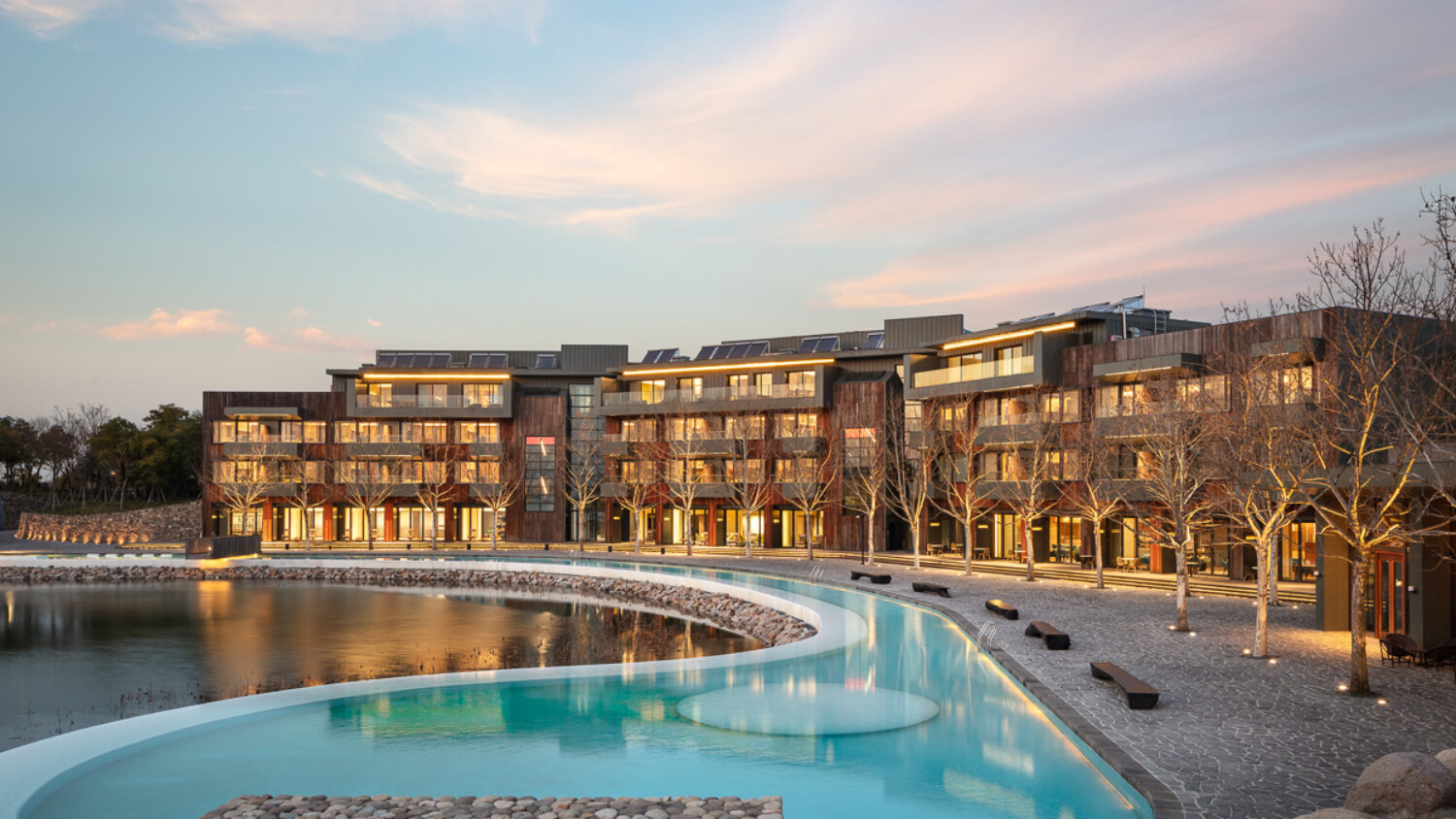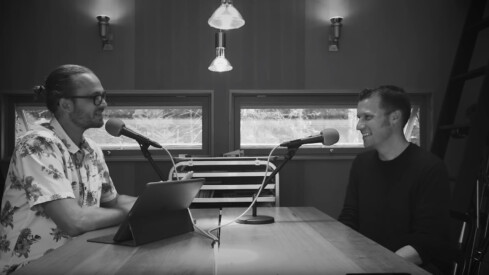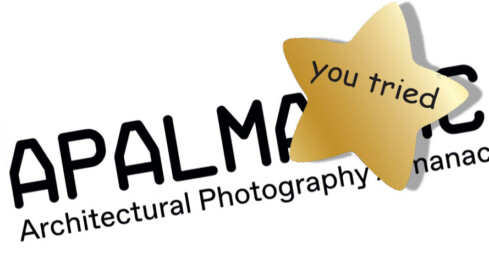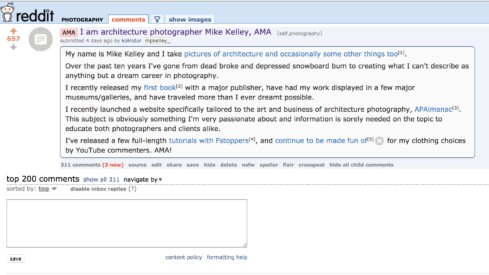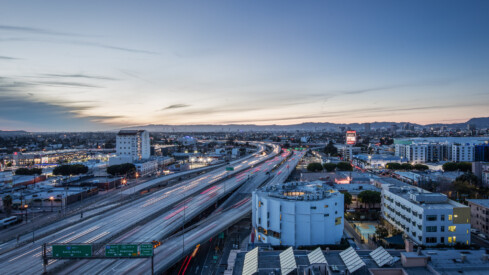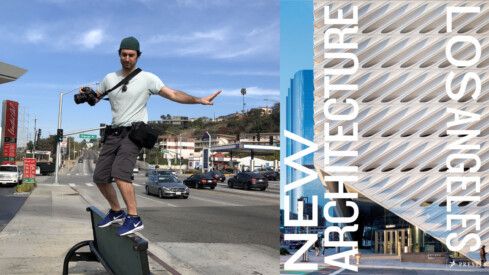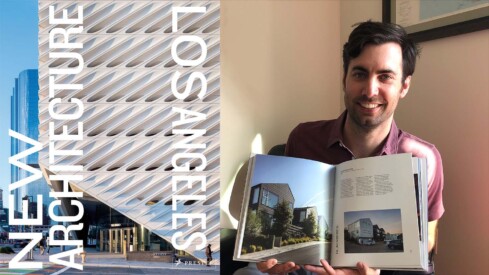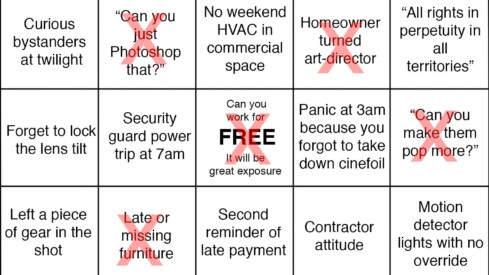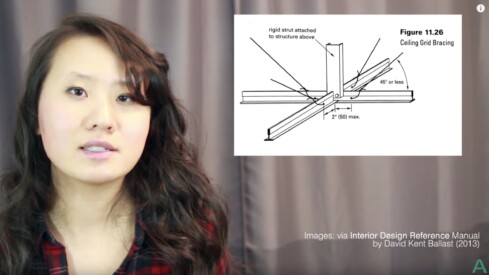On Assignment: Sangha Resort in Suzhou, China in 10 Pictures
I recently returned from a trip to China where I was tasked with photography an epic resort – and I don’t use that word lightly. With hundreds of rooms, private villas, and drool-worthy penthouses, it was an assignment I won’t soon forget. I’ll get around the posting a full trip report when I come up from air after another whirlwind travel schedule, but here is a taster of what’s to come.The
